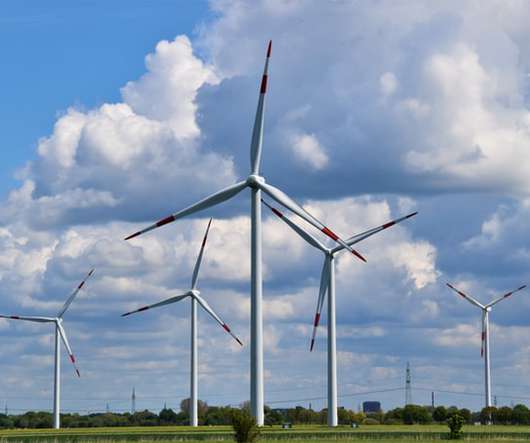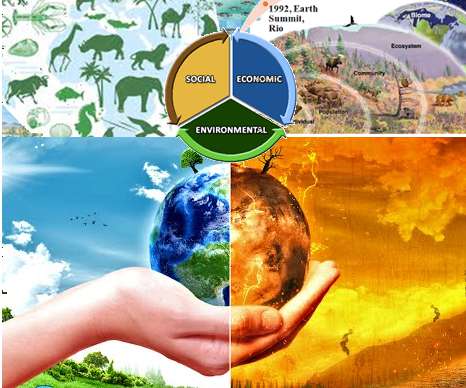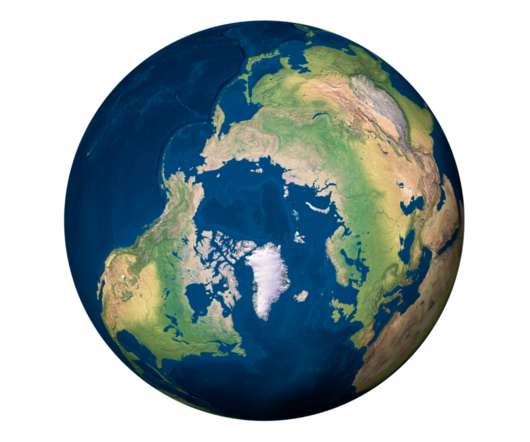Sea Level Rise: The Past As An Indicator Of The Future
Energy Innovation
APRIL 2, 2019
Energy Innovation partners with the independent nonprofit Aspen Global Change Institute (AGCI) to provide climate and energy research updates. Earth’s rapid warming since the 19 th century offers a unique challenge to the research community in projecting the extent of sea level rise (SLR) by 2100 and beyond.
















Let's personalize your content